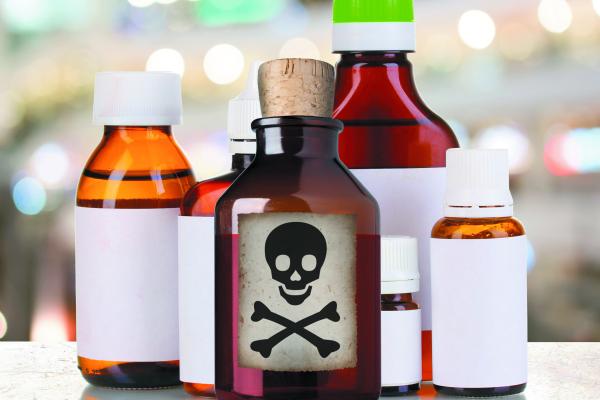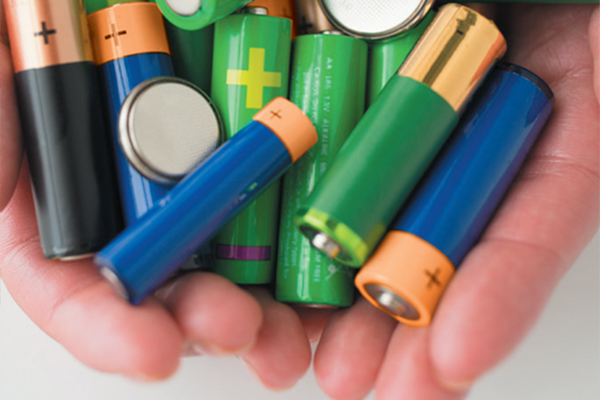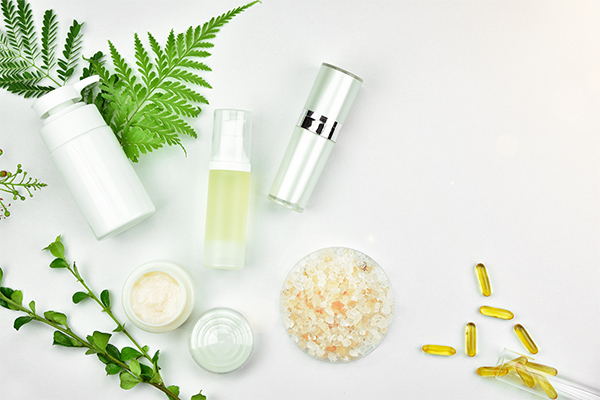Dangerous and prohibited goods in parcels
When it comes to transporting dangerous goods, there are several overlapping regulations that apply depending on the delivery partner you select and its status.

What do the regulations say?
ou may not know it, but Colissimo is not a "carrier" in the strict sense of the word, but a postal operator. We are governed by the Universal Postal Union (UPU) and the French Post and Communications Code. As such, and except in the case of special contracts, we are bound by the secrecy of correspondence and do not know the contents of the parcels we transport. You are therefore solely responsible for the products you entrust to us.
At the same time, there are "freight carriers" who are subject to various regulations for road or air freight, such as ADR, OACI, IATA,…
In practical terms, when sending goods by Colissimo, the introduction of dangerous goods is prohibited in all national and international consignments, whatever the mode of transport. Please consult our General Terms and Conditions of Sale or contact one of our sales representatives.
Which goods are dangerous and therefore prohibited?
To find out whether the goods you want to entrust to a carrier are dangerous, you need to look at the pictogram(s) directly on your products (bottles, cans, aerosols, drums, etc.).
There are 9 GHS (Globally Harmonised System) pictograms which present the different hazards in 3 main categories:
- physico-chemical hazards of substances
- dangers to human health due to the toxicity of substances
- environmental hazards

Some examples of items likely to contain dangerous goods
| ARTICLES | MARCHANDISES DANGEREUSES POUVANT ETRE PRESENTES |
|---|---|
| Appareils fonctionnant à l'électricité (fauteuils roulants, tondeuses à gazon etc.) | batteries à l'électrolyte (corrosif), piles ou batteries au lithium |
| Appareils respiratoires | bouteilles d'air comprimé ou d'oxygène |
| Boîtes à outils | peuvent contenir des explosifs (cartouches de riveteuse), aérosols, adhésifs etc. |
| Bouteilles de gaz | gaz comprimé |
| Cosmétiques | fixatif à cheveux, liquides inflammables ou autres matières dangereuses |
| Echantillons pour tests | peuvent contenir différentes matières dangereuses |
| Emballage de repas individuel (ERI) | réchauffeur de ration sans flamme (RRSF) et boisson autochauffante (BAC) |
| Equipement de plongée | bouteilles de gaz, lampes de plongée à haute intensité |
| Feux d'artifice | substances explosives |
| Fournitures agricoles | engrais, pesticides, herbicides |
| Fournitures de fête | gaz comprimé, articles explosifs |
| Fournitures dentaires | résines ou solvants |
| Fournitures médicales | produits chimiques dangereux, thermomètre, appareils scripteurs de la tension artérielle |
| Fournitures photographiques | produits chimiques dangereux |
| Fruits et légumes surgelés | glace sèche |
| Instruments | baromètres, manomètres et sphygmanomètres (appareil de mesure médical utilisé pour mesurer la pression artérielle) contenant du mercure, interrupteurs à mercure, thermomètres, etc. |
| Interrupteurs ( électriques) | interrupteurs à mesure |
| Jouets | peuvent contenir des matériaux inflammables, des piles/batteries lithium |
| Liquides de nettoyage | produits chimiques dangereux |
| Matériel de camping | gaz ou liquides inflammables, allumettes, autres matières dangereuses |
| Matériel de laboratoire | produits chimiques dangereux |
| Matériel électrique | mercure dans les commutateurs et les tubes électroniques |
| Parfums | liquides inflammables |
| Peintures | solvants inflammables |
| Pièces automobiles | batteries à l'électrolyte, amortisseurs avec azote, coussins pneumatiques etc. |
| Pièces de machines | adhésifs, peintures, produits de scellement, solvants etc. |
| Prélèvements pour diagnostic | substances infectieuses |
| Produits chimiques | dangereux |
| Produits chimiques pour piscines | matières dangereuses |
| Produits cryogéniques | gaz liquéfiés à très basse température |
| Produits ménagers | peinture, aérosols, chlorure de chaux etc. |
| Produits pharmaceutiques | produits chimiques dangereux |
| Trousses de chimie | produits chimiques dangereux |
| Trousses de réparation | adhésifs, peinture, peroxydes organiques, solvants etc. |
Possible exceptions and derogations
In spite of these very strict regulations, there are a few exceptions and exemptions possible for road transport of certain products in small quantities by Colissimo and the postal network.
These exceptions are governed by the Agreement Concerning the International Carriage of Dangerous Goods by Road (ADR), which exempts consignments in whole or in part from certain obligations. These are dangerous goods :
- packed in limited quantities (ADR chap.3.4)
- packed in excepted quantities (ADR chapter 3.5)
- benefiting from special provisions (ADR chap.3.3)
Your commercial contact, accompanied by experts from La Poste Group's Global Safety Department, will assist you, particularly for: cosmetics, DIY products, drugstore products, or lithium batteries, and a specific contract or an amendment to the General Terms and Conditions will be drawn up for you.
Once the agreement has been received, you will need to identify the parcels with the following markings:

We tell you all about it here.
Learn more >

We tell you more about it here.
Learn more >

We tell you more about it here.
Learn more >

Les animaux vivants
Live animals
Some of you may need to send live animals... Yes, you do! And our teams sometimes find themselves in surprising situations. You should know that this is prohibited.
There are a few very rare exceptions for items sent by letter:
- bees, leeches and silkworms
- parasites and destroyers of harmful insects intended for the control of these insects and exchanged between officially recognised institutions
- flies of the Drosophilidae family used for biomedical research between officially recognised institutions
As for those you wish to send by parcel post, you should refer to the postal regulations and/or national legislation of the countries of destination concerned.
Here again, contact a sales representative.
This content may be of interest to you:

Learn more >

Learn more >
Learn more >
